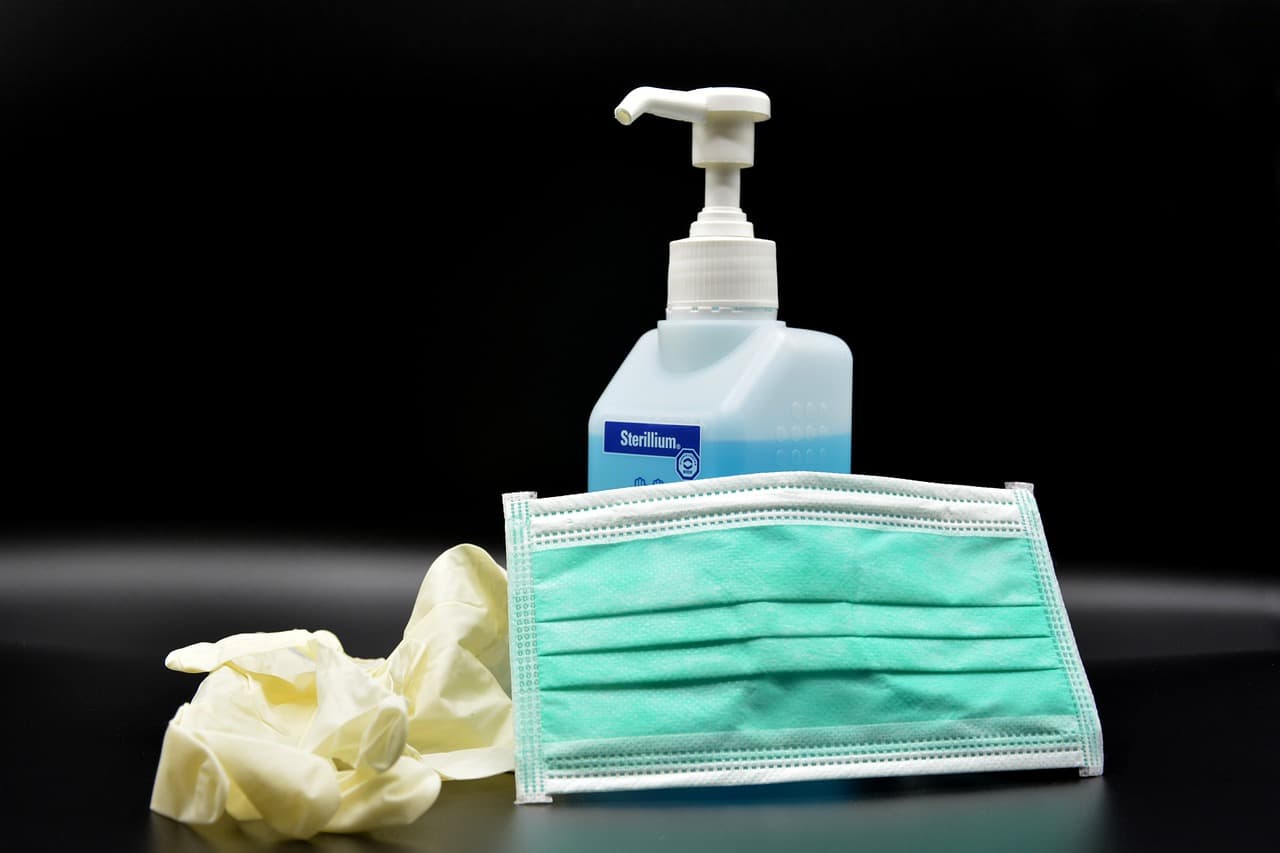In the midst of our daily hustle, it’s easy to overlook the importance of a simple yet powerful habit—hand hygiene. As we navigate a world filled with potential infection sources, understanding the significance of keeping our hands clean becomes paramount. This article delves into the crucial role of hand hygiene in preventing the spread of infections and explores how sanitizers play a pivotal role in maintaining good hand hygiene.
The Gateway to Infections: Our Hands
Our hands are the unsung heroes and, ironically, potential villains in the battle against infections. From door handles to smartphones, we touch numerous surfaces teeming with bacteria and viruses. Without proper hand hygiene, our hands become carriers of these microorganisms, turning us into unwitting vehicles for the transmission of diseases.
The Power of Handwashing: A Foundation for Health
Handwashing stands as the cornerstone of effective hand hygiene. The Centers for Disease Control and Prevention (CDC) emphasizes that washing hands with soap and water for at least 20 seconds is one of the most effective ways to remove germs and prevent illnesses. The mechanical action of rubbing hands together, coupled with the antimicrobial properties of soap, works to dislodge and eliminate pathogens.
Regular handwashing is particularly crucial before and after certain activities. This includes preparing or consuming food, caring for someone who is sick, and, notably, after using the restroom. By instilling this habit in our daily routines, we create a robust defense against infections that can disrupt our well-being.

The Role of Sanitizers: An Instant Line of Defense
While handwashing remains the gold standard, it’s not always feasible in every situation. This is where hand sanitizers step in as a valuable complement to traditional handwashing. Sanitizers, typically alcohol-based, provide a quick and efficient method to kill a broad spectrum of microorganisms on the hands.
The key active ingredient in most hand sanitizers is alcohol, often in the form of ethyl alcohol or isopropyl alcohol. These compounds work by breaking down the outer membrane of bacteria and viruses, rendering them ineffective. The convenience of hand sanitizers makes them an ideal solution for scenarios where access to soap and water is limited.
Understanding the Correct Use of Hand Sanitizers
To harness the full benefits of hand sanitizers, it’s essential to understand the correct way to use them. Applying an adequate amount (usually a dime-sized portion) and rubbing it thoroughly across all surfaces of the hands, including the fingertips and between the fingers, ensures comprehensive coverage. The sanitizer should be allowed to air dry, which typically takes about 20 seconds.
It’s crucial to note that hand sanitizers are not a one-size-fits-all solution. They are most effective when hands are not visibly dirty or greasy. In situations where hands are soiled, using soap and water remains the preferred method.
The Link Between Hand Hygiene and Respiratory Infections
The significance of hand hygiene extends beyond gastrointestinal infections to encompass respiratory illnesses. In the context of the ongoing global health challenges, proper hand hygiene emerges as a frontline defense against respiratory viruses such as influenza and the common cold.
Respiratory infections often spread through respiratory droplets that land on surfaces. When we touch these contaminated surfaces and then touch our face—especially the eyes, nose, or mouth—we provide a direct route for the virus to enter our bodies. Regular hand hygiene disrupts this transmission pathway, reducing the risk of respiratory infections.
Cultivating a Culture of Hand Hygiene
Individual hand hygiene practices contribute to a collective defense against infections. Schools, workplaces, and public spaces play a crucial role in fostering a culture of hand hygiene. Accessible hand sanitizing stations, coupled with education on proper handwashing techniques, create an environment where everyone is empowered to take an active role in preventing the spread of infections.
Conclusion: Empowering Health Through Hand Hygiene
In the grand tapestry of public health, the thread of hand hygiene weaves a narrative of prevention and well-being. Understanding the significance of hand hygiene is not merely a matter of personal responsibility; it’s a communal effort to safeguard the health of ourselves and those around us.
As we navigate a world marked by various infectious threats, the role of sanitizers becomes increasingly vital. Together with handwashing, sanitizers offer a dynamic duo that fortifies our defenses against unseen adversaries. By embracing and promoting the importance of hand hygiene, we embark on a journey toward a healthier, safer, and more resilient society.



